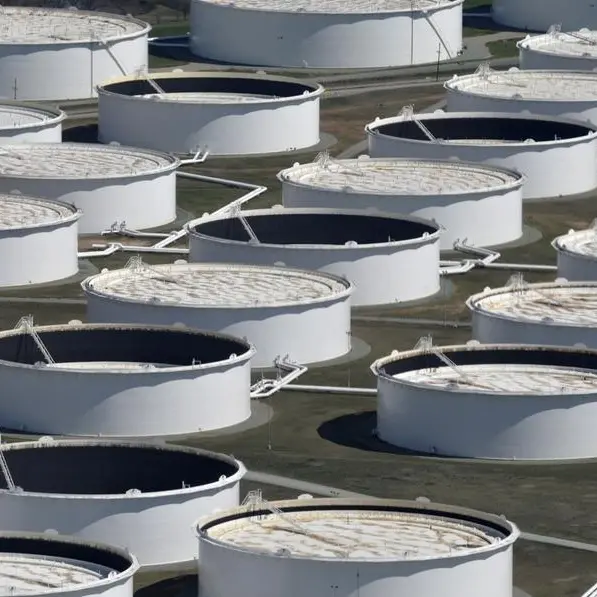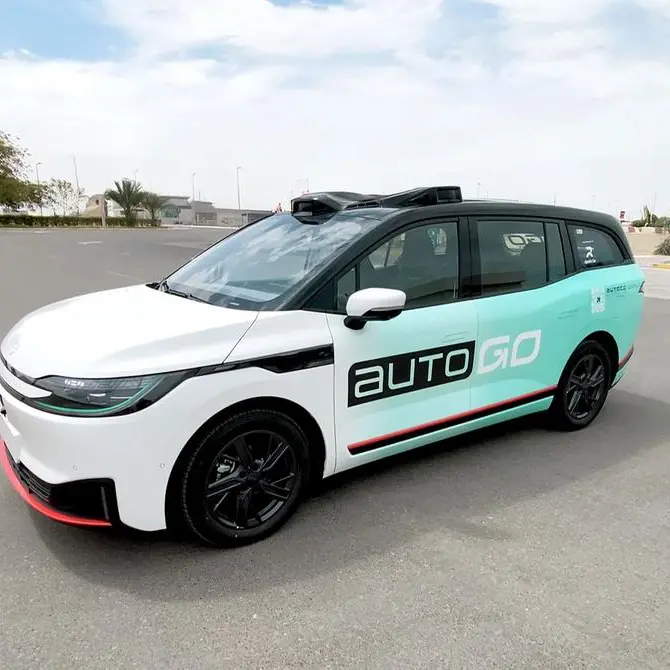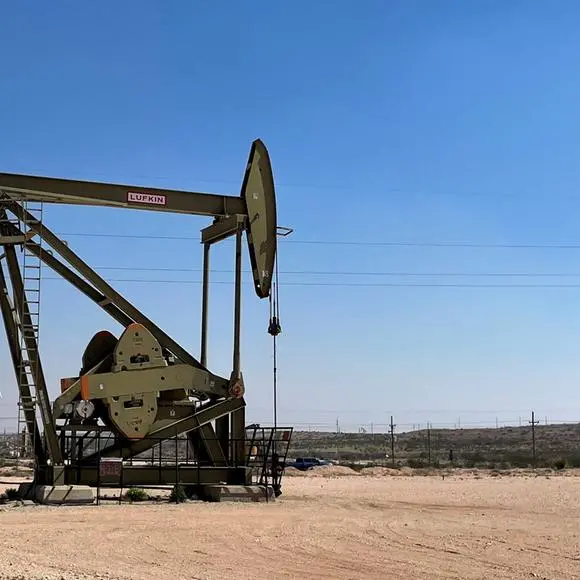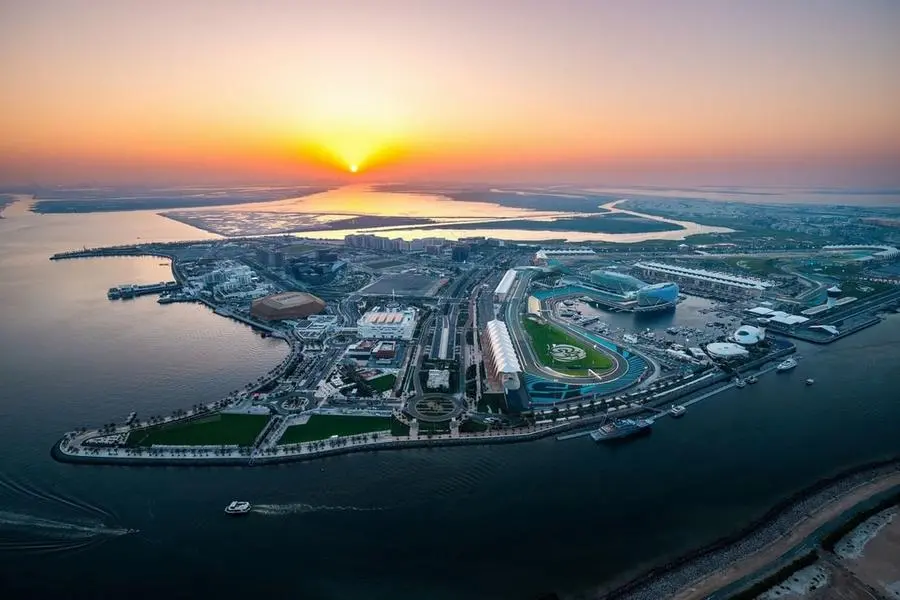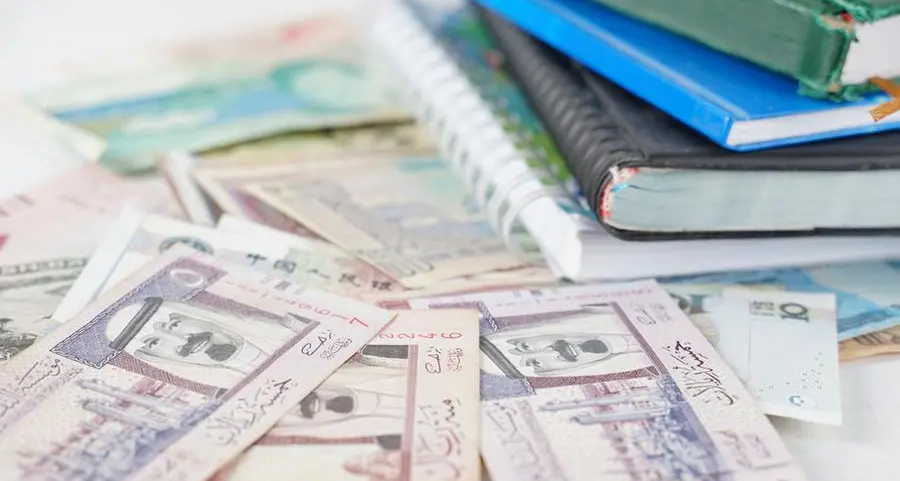PHOTO
Modern architecture Gate Tower, DIFC, Dubai. Image used for illustrative purpose.
Dubai International Financial Centre (DIFC) achieved an 11 percent increase in net profit for 2018 to $88 million, on the back of a 5 percent rise in consolidated revenue to $199 million, its governor has revealed.
In a briefing to journalists on Tuesday morning, DIFC’s governor Essa Kazim said that the centre attracted 437 new companies in 2018, a 39 percent year-on-year increase. The total number of companies operating from the centre has now reached 2,137 - 625 of which are financial firms.
The new arrivals meant the number of people working within DIFC increased by 6 percent to 23,604, with 1,266 new jobs added during the year.
The amount of new space leased increased by 314,200 sq ft, bringing the total to almost 4.2 million sq ft.
In a briefing to journalists on Tuesday, Essa Kazim, governor of DIFC, said: "We continue to be focused on delivering our 2024 strategy in tripling the size of the DIFC. Fintech will be playing a major role in being the engine of growth going forward. I think we have already started to reap the fruits planted almost a year ago."
Of the new firms joining the centre, 82 were financial sector firms, 35 of which were fintechs, 25 were funds and two were new family offices. The centre now houses 66 funds and 31 family offices, a spokesman told Zawya.
DIFC has set some ambitious targets in its 2024 strategy, which includes hosting at least 1,000 firms, a workforce of 50,000 and having $250 billion of assets under management from the centre. By the end of 2018, assets under management from DIFC stood at $99 billion.
In January, UAE vice-president and ruler of Dubai, Sheikh Mohammed bin Rashid Al Maktoum, approved a plan to triple the size of DIFC, through the addition of 13 million sq ft of new space.
Kazim said that the value of investment for this expansion, known as DIFC 2.0, has not yet been finalised.
"We have not come up with any numbers so far and we don't really want to speculate on that," he said. "We are still in the process of really completing our masterplan, and once the masterplan has been completed, I think we will be communicating to the market as how much investment will go into DIFC version 2.0," he said.
He added that delivery of the new space was a "medium-to-long term plan".
"The work is already started in terms of developing the master plan, and we will be launching it as the market requires, and based on the market need."
DIFC's chief executive officer, Arif Amiri, said that it had "received strong interest from the financial community as well as the investor community" regarding the project, and was still studying financing plans.
"I think all of the options are available for us to consider," he said. "If you look at the last two projects, which is the Exchange Building and the Gate Avenue, these were done through internal finance. But when you understand the scale and size of the new development, we'd require perhaps a different model."
(Reporting by Michael Fahy; Editing by Mily Chakrabarty)
Our Standards: The Thomson Reuters Trust Principles
Disclaimer: This article is provided for informational purposes only. The content does not provide tax, legal or investment advice or opinion regarding the suitability, value or profitability of any particular security, portfolio or investment strategy. Read our full disclaimer policy here.
© ZAWYA 2019

